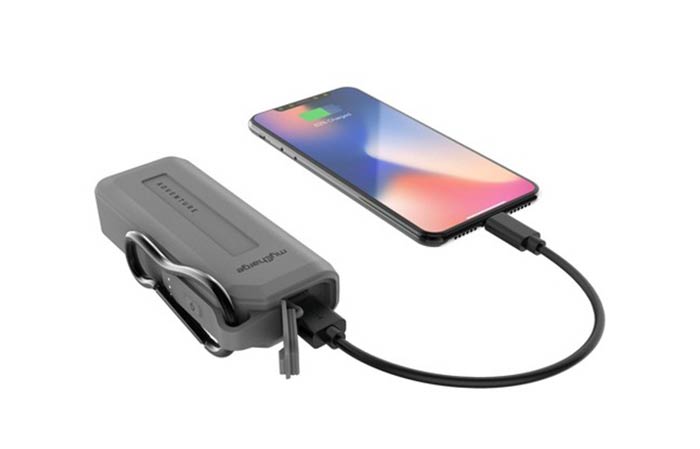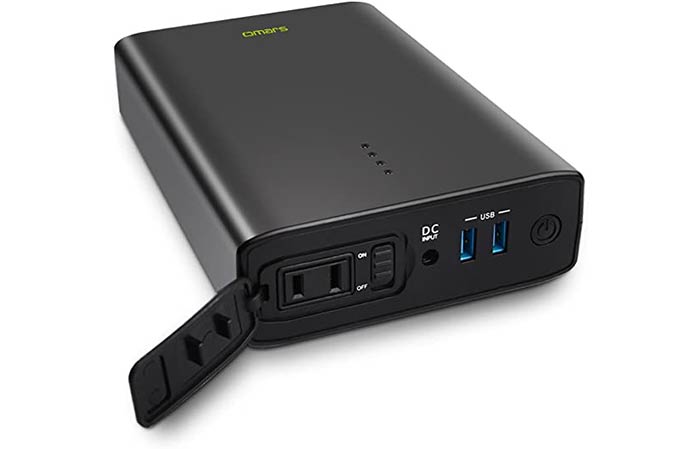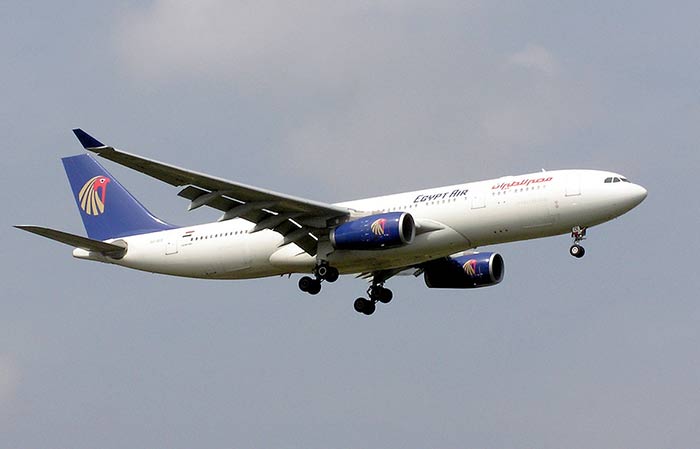In a recent case, passengers on a Ryanair plane had to escape from their plane on the runway after a phone battery owned by one of the passengers exploded. Due do this case and many others, it has become a rule among airlines that no portable chargers are allowed on the planes.
The portable chargers in question aren’t your typical wall sockets. Rather, they’re the power banks and other portable batteries people walk around with. It is, however, a complicated case and can easily confuse some passengers. While there is a genuine case against lithium batteries, mobile phones, which also carry lithium-ion batteries, are allowed on planes yet some power banks aren’t.
The answer to the question “Can you take Portable Chargers on Planes?” is both yes and no. It all depends on the type and size of the battery and the regulations of the airline you’re traveling with.
In this article, we clarify what the law is when it comes to portable chargers on planes. The other issue is that you’ll still need a form of charger for your device when going on a plane since your device won’t be allowed on board if it has a dead battery.
Scenarios when you can carry your Portable Charger
You can indeed carry a portable charger or power bank on to the plane. However, beyond a certain wattage, such batteries may either need to be carried in the cabin with you or put in the hold. As such, the law for most airlines has been that the safest way to carry lithium batteries is in your hand luggage only. This holds true even when they’re smaller than the stated size of battery.

Carrying your battery pack could also save you the headache of losing your phone since no dead phones are allowed on board. Basically, if your phone has no power, it’ll not be allowed on the plane. You thus can have your portable charger on the plane but in a small size.
Batteries are compared in watt hours (Wh) rather than milliampere per hour (mAh) since the latter is only useful in comparing batteries of the same type (lithium ion for example). However, the watt hours rating applies to all battery types hence a standard and more reliable way to compare different batteries.
While the allowed Wh rating for batteries is 100, some airlines allow for carrying up to 20 such batteries as long as each one is below the stated limit.
While lithium batteries are closely monitored, alkaline batteries (dry cells) of all sizes are allowed on the plane. These include AA, AAA, AAAA, C, D, 9-volt and even button sized batteries. Rechargeable ones such as NiCad, NiMH and others are also allowed. These too need to be kept in safe packages with your hand luggage and not in the cabin.
Wet batteries that aren’t spillable are also allowed on to the plane. These are batteries commonly used in wheelchairs and similar electronics. You’re also allowed two spare batteries as long as they have a rating of 12V and 100Wh or less.
Another class of allowable batteries are those within devices such as mobile phones. They can be stored in both checked-in and carry-on luggage areas. You have to make sure the device containing the battery is switched off and won’t switch itself on by accident.
Cases where you Cannot Carry Power Banks on to a Plane
On the other hand, you can’t carry some types of portable chargers on to a plane. These are majorly the larger-sized ones such as suitcases or backpacks with large batteries. Most airlines have banned carrying smart suitcases and backpacks with batteries in them.

These measures have been taken given the risk of batteries and how their circuitry could easily cause fires whether in the passenger area or the cargo hold.
As such, batteries with a rating of 100Wh and below are allowed and up to 160Wh with special permission. Anything more than won’t be allowed onboard.
That’s about 27000mAh although the voltage may make it higher than the required Wh required. On the same note, you’re allowed a maximum of 54000mAh per person. That means you can carry two power banks rated at 27000mAh each.
The other reason you may not be able to carry the portable charger on your trip is general flight restrictions. For example, tablets and laptops may also not be allowed onboard from some countries to the US and UK.
The battery types not allowed onto planes are spillable wet batteries whether in the luggage area or cabin. These are used commonly in scooters or bicycles. For wheelchairs that use these batteries, the battery will need to be removed, stored in a special place then refitted on the wheelchair upon alighting.
Some inbuilt batteries may not make it to the airplane such as those in vaporizers and electronic cigarettes. If you have to travel with them, you’ll need to carry them in the carry-on part of your luggage.
All you need to know about portable phone charger and planes
According to a study by the Federal Aviation Authority (FAA), a single lithium-ion battery can cause a fire large enough to bring down a plane.
Given the changes in temperature and pressure inside the plane, lithium-ion batteries run the risk of exploding, catching fire or both when subjected to the changes.
The flammable electrolyte which allows the charging and discharging of the batteries makes it easy for them to explode or generally catch fire with changes in pressure and temperature. Packing them tightly also increases the likelihood of their explosion.
Tips (what to do if you’ve to travel with your portable power)
If you travel around a lot, chances are that you have a few electronics with you one of which is a portable charger. To avoid running into issues with your airlines, follow these tips:
- Carry a small portable power bank as it’ll not be taken away.
- Always charge your devices before checking in. If they can’t turn on due to low power, they’ll not be allowed onto the plane.
- Instead of carrying a portable charger such as a power bank, carry a charged laptop to charge your phone from. A good laptop holds enough charge to juice up your phone several times over. This too will need to be charged before boarding the plane and is subject to rules and regulations.
- Instead of carrying extra batteries for your phone, choose a small and portable power bank for the job as the former aren’t allowed on flights.
- For purposes of safety, carry a small portable charger and stay with it in the cabin. The cargo hold is usually subject to different temperatures and pressure and will likely lead to a fire. Also, it’s much easier to put out a fire in the cabin than in the cargo hold.
- Always buy a portable charger at or below 100 Wh. While you need special approval to get on a plane with one larger than that, there’s no guarantee that you’ll be allowed onboard with it. Generally, chargers at more than 160Wh aren’t allowed on board. If your charger doesn’t have the Wh rating written on it, you can work out through the following formula: (mAh)/1000 * (V) = Wh
- The portable charger you carry will only be allowed on to the plane with proper packing. This means that you’ll need to have it original casing in place. If not, make sure the terminals are covered with insulating tape then put the battery in a case, pouch or plastic bag.
- Make sure your battery has clearly indicated power ratings. If not, carry along with its original packaging. If you don’t any information about the charger’s power ratings, you’re better off not taking it on the flight as it’ll be confiscated.
- Ensure that your power bank cannot be accidentally turned on.
With these tips, you won’t ever have to give up your electronics at the airport. We also advise that you read about the specific rules of the airline you’re traveling with as they tend to differ in a few significant ways.
